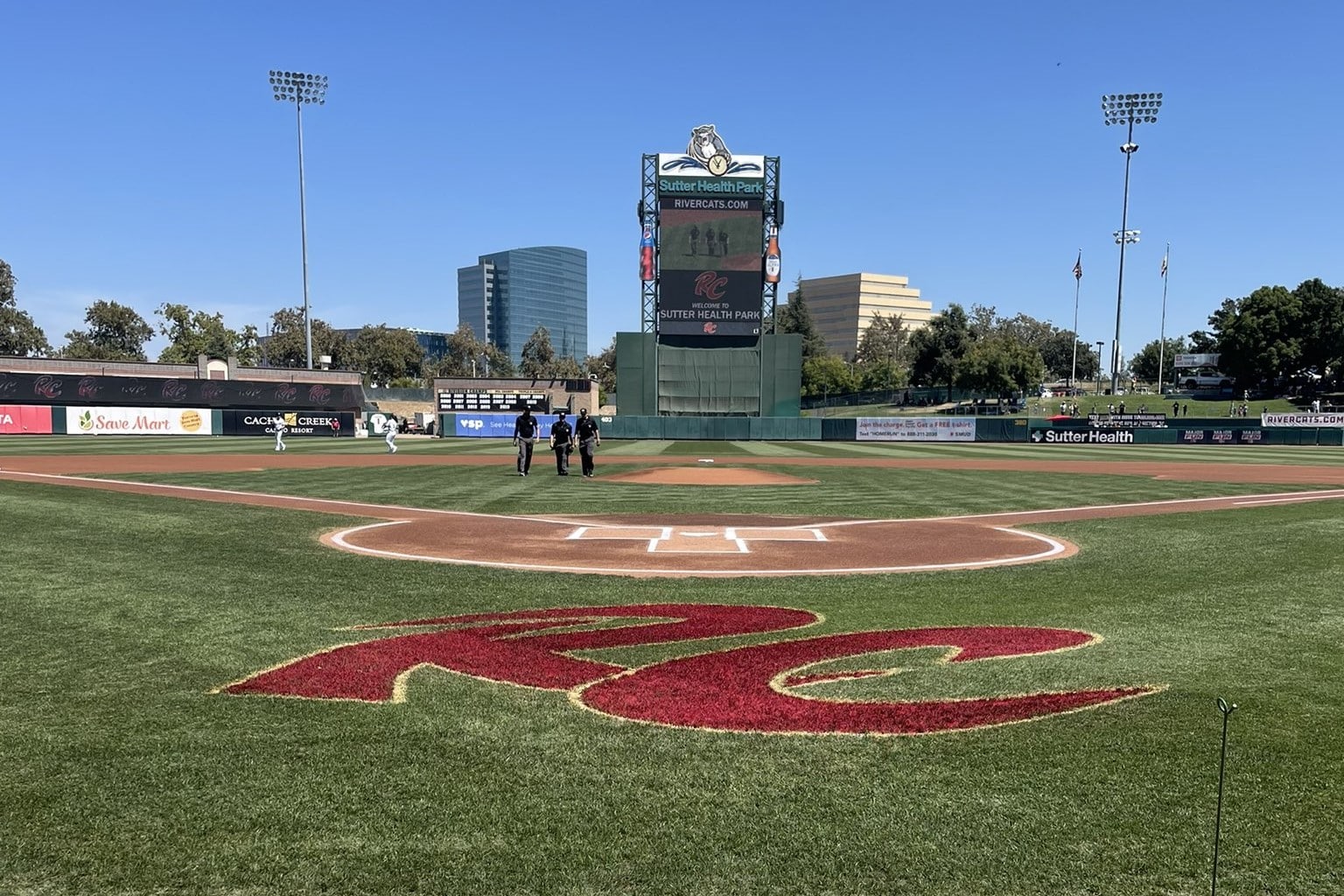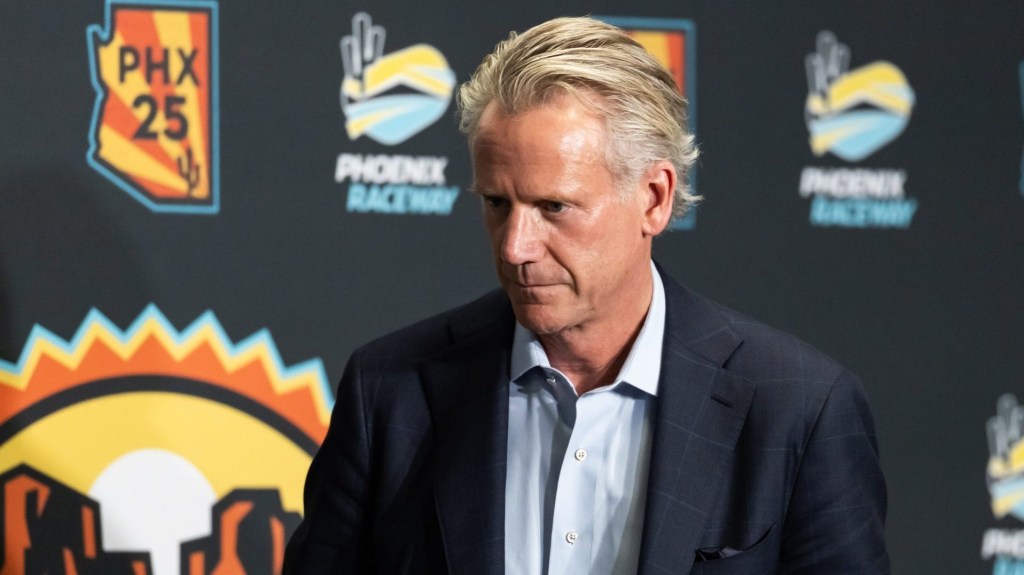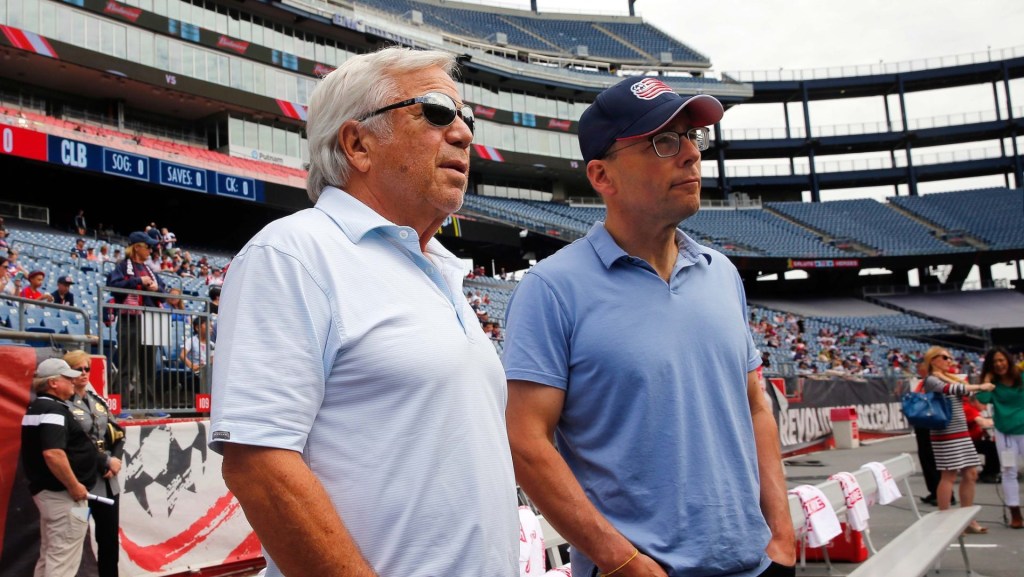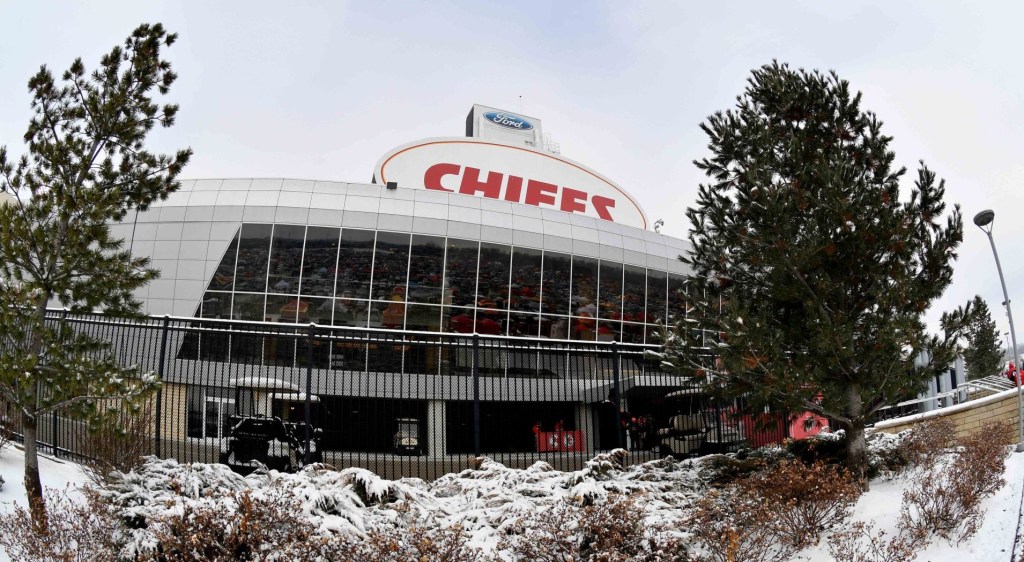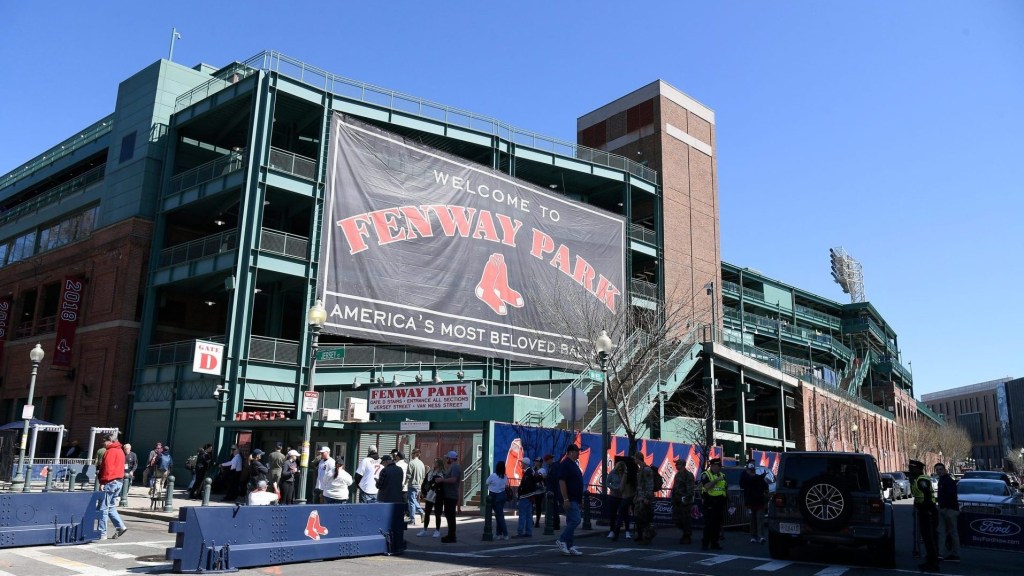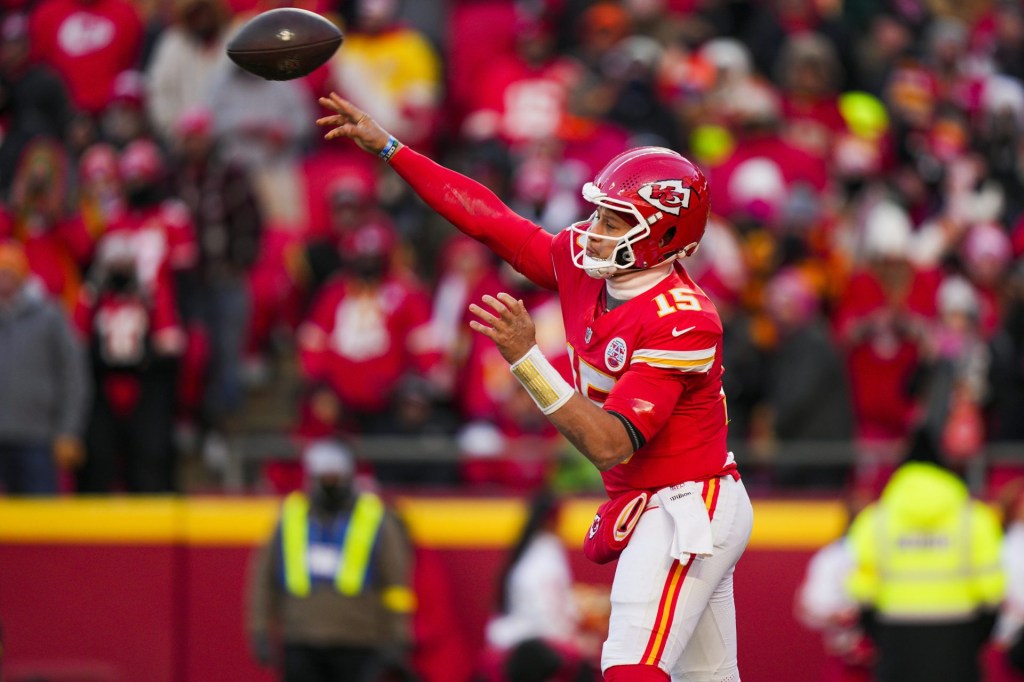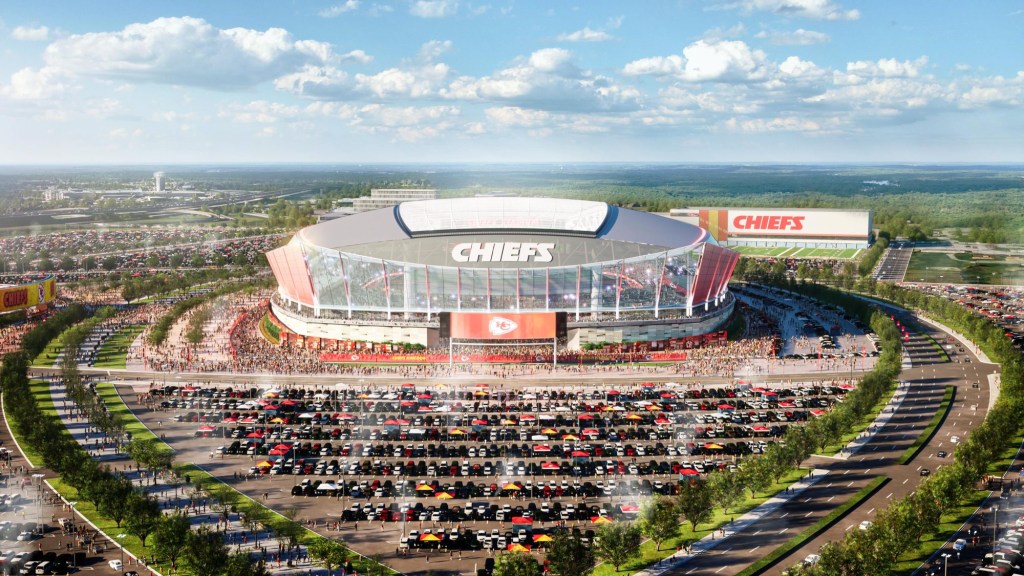The A’s were due Thursday to offer more clues about their financing for the planned $1.5 billion stadium in Nevada during a meeting of the Las Vegas Stadium Authority. They did that—but only to a point.
During the stadium authority session, club board member Sandy Dean laid out the three broad parameters of the club’s intended plan for the ballpark targeted for the Las Vegas Strip. But there are numerous pressing questions remaining within each of the three primary funding sources.
- Public financing: The A’s will tap into $380 million of previously approved taxpayer funding, but say they plan to leave about $30 million of that in reserve to help with finishing the project.
- Debt financing: The club intends to borrow $300 million for the project, but there are not yet formal lender commitments for that. “We’ve had strong interest from a number of companies that want to participate in that portion of the project,” Dean said.
- Equity financing: The remaining $850 million will be funded by owner John Fisher and his family and partners. There has been an ongoing effort, involving veteran sports finance company Galatioto Sports Partners, to potentially bring in new team investors to help fund the project. But that process, too, is ongoing.
MLB commissioner Rob Manfred earlier this week conveyed his confidence in the club’s financing. Like the Rays, the A’s intend to open their new ballpark in 2028, and the Tampa Bay club on Thursday received St. Petersburg, Fla., city council approval for that effort. But the issues around funding the Las Vegas ballpark are still far from resolved.
“There is a lot more to still happen,” with the A’s stadium, said former Marlins president David Samson on his podcast, Nothing Personal with David Samson. “Just because you saw a 90-page [development] agreement does not mean that’s the agreement that is signed or the agreement that will be approved.”
Change at the Site
Demolition efforts have begun at the Bally’s-owned Tropicana Las Vegas, the former resort that for decades was a fixture of the Las Vegas Strip, but is now being cleared to make way for the stadium—even before the ballpark development agreement is completed.
An implosion of the primary hotel towers is targeted for October. The overall demolition effort will leave a 9-acre site for the A’s ballpark that will be among the smallest footprints of any MLB facility.
Should the stadium ultimately not be built there—as is the hope of some such as Las Vegas mayor Carolyn Goodman—the site will easily be among the most coveted in town, potentially for another casino.
Schedule Matters
Also on Thursday, MLB released the 2025 regular-season schedule, the first of three in Sacramento for the A’s. Instead of listing the club with a city signifier in the schedule, like the other 29 teams, the league denotes the A’s as “ATH,” short for Athletics.
The schedule, meanwhile, does not include specific start times, and those will be determined at a later date based on several factors, including the wishes of MLB’s national broadcast partners. But the A’s will be battling the effects of the Sacramento summer, which is typically much hotter than Oakland, and where temperatures have repeatedly reached triple digits in recent weeks. On July 6, the temperature peaked at 113 degrees.
Sacramento’s Sutter Health Park (above) is an outdoor facility, and next year will have an artificial turf field that is easier to maintain, but it could potentially magnify the heat effects. Because of that, Manfred said the field will have a “hydration component” to aid in cooling. The ballpark will also have baseball happening nearly every day there throughout the season, as the A’s will be sharing the stadium with the Sacramento River Cats, the top minor league affiliate of the Giants.
